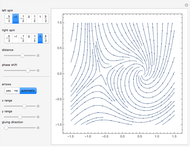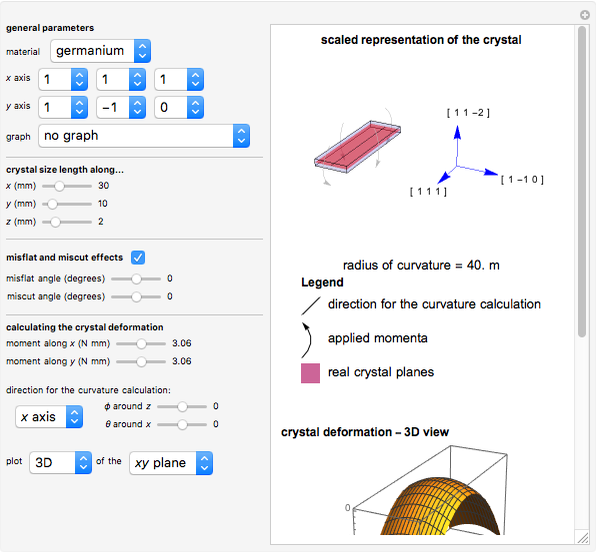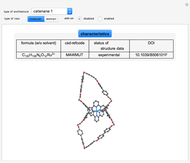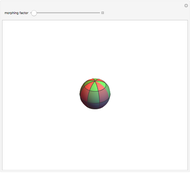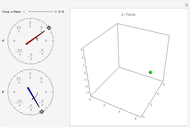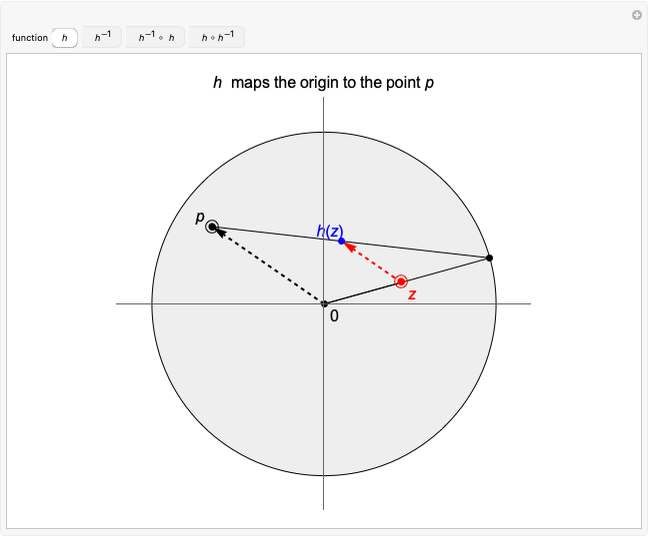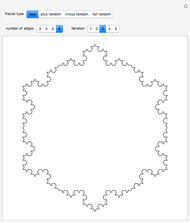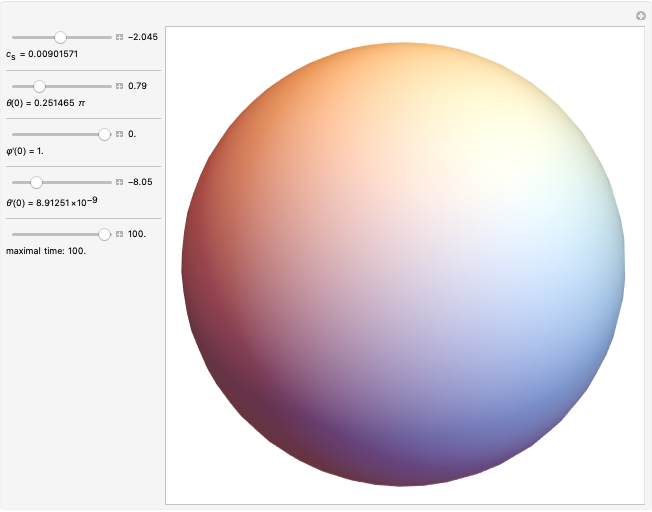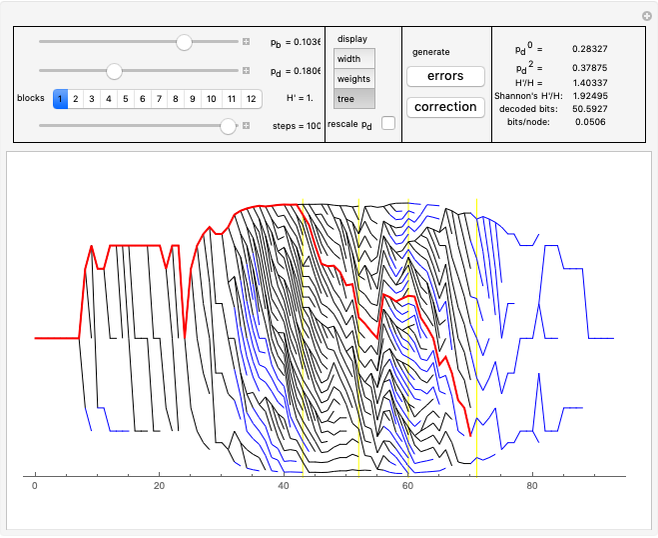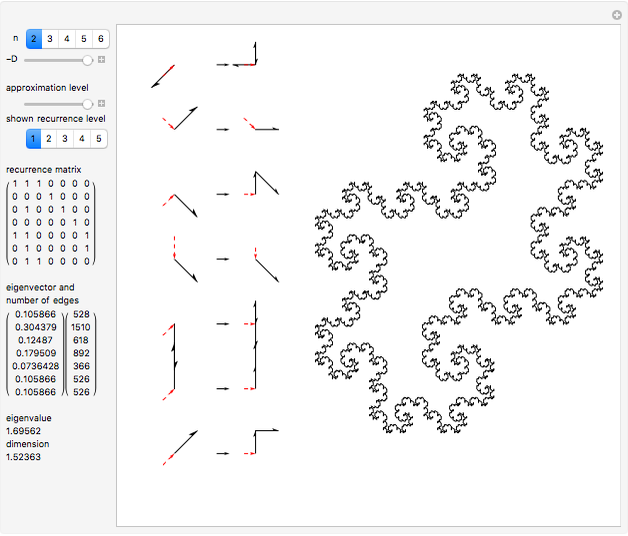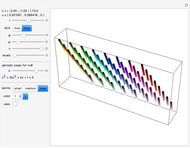Topological Charges in Biaxial Nematic Liquid Crystal

Requires a Wolfram Notebook System
Interact on desktop, mobile and cloud with the free Wolfram Player or other Wolfram Language products.
Biaxial nematic liquid crystals use ellipsoid-like molecules that have principal axes of three different lengths. Such systems can exhibit the formation of topological point defects, known as hedgehog configurations. As a consequence of the hairy ball theorem, such hedgehogs additionally need vortex-like singularities resembling spins.
[more]
Contributed by: Jarek Duda (August 2022)
Open content licensed under CC BY-NC-SA
Snapshots
Details
References
[1] J. Duda, "Framework for Liquid Crystal Based Particle Models." arxiv.org/abs/2108.07896.
[2] Wikipedia. "Biaxial Nematic." (Oct 20, 2021) en.wikipedia.org/wiki/Biaxial_nematic.
Permanent Citation









